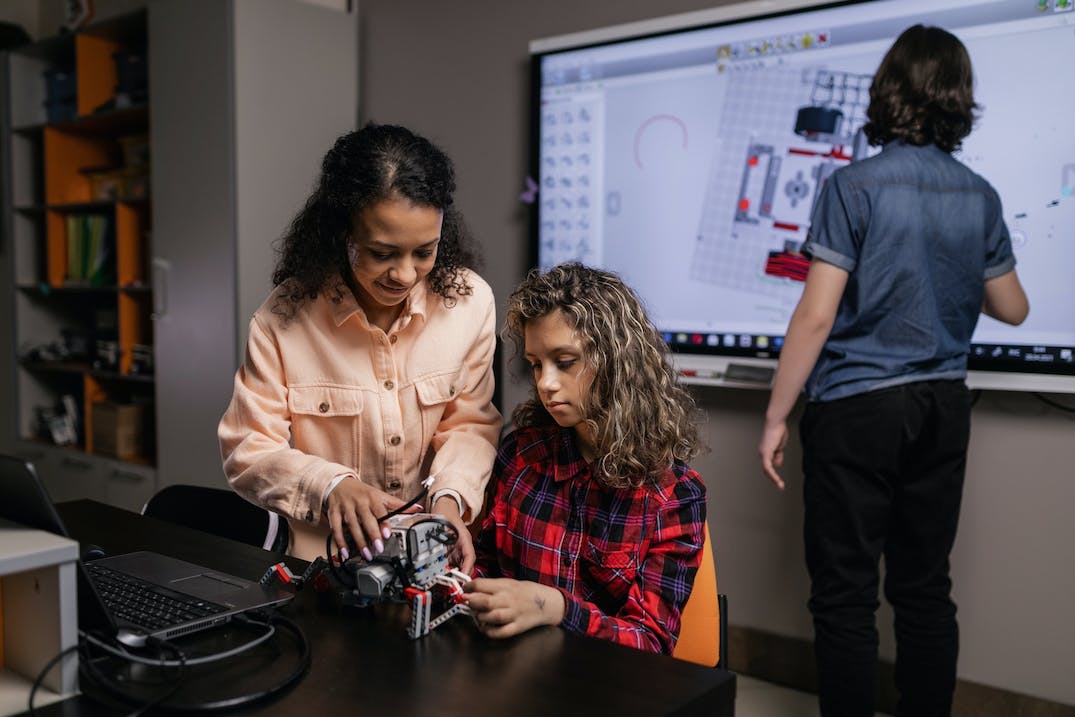Finding the right modern teaching method for your classroom can be tricky.
Every student, teacher and classroom is different — and that’s one of the wonderful things about the learning process! As you continue in your teaching practice, you’ll try new teaching methods and find out what works best for your students.
We’ve uncovered some of the best modern teaching methods that are actually driving results in the classroom. Keep reading to find out how to use them to help students reach their full potential and build happy, effective classrooms.
Why teaching methods continue to evolve
Countless edtech innovations, a better understanding of student learning and new approaches to teaching strategies means your toolkit is so much bigger than a blackboard and chalk.
Today’s teachers face lots of challenges and have lots of opportunities:
The shift to remote learning exposed inequality in classrooms, but also offered new ways for students to engage with interactive learning experiences.
New edtech innovations connect classroom learning with real-world digital skills.
Changing ideas about education and pedagogy have added new learning objectives like social-emotional learning, differentiation and personalized learning.
Don’t be afraid to try new ways for students to learn and stay engaged. Keep reading to find out which teaching style works best for your classroom!
18 Modern teaching methods to explore
1. Direct Instruction
Best for: All ages, when combined with other teaching methods
Direct instruction is when you explicitly convey concepts and skills to students, rather than letting them learn on their own.
While it might seem odd to start off a list of modern teaching methods with a technique that’s been the foundation of traditional classroom instruction for hundreds of years, direct instruction allows you to layer on more recent teaching strategies.
When combined with other teaching strategies, direct instruction is a useful tool for boosting student comprehension! Today, it can include anything from lectures and educational videos to tutorials and workshops.
Example:
Students attend a classroom lecture about ecological diversity, then watch a video from a local conservation group about efforts to preserve local habitats. This direct instruction helps you explain the requirements of a service learning project they’re doing to clean up the park near their school.
More on service learning in a bit!
2. Flipped classrooms




